Simplify Your Style: How to Build a Capsule Wardrobe That Lasts
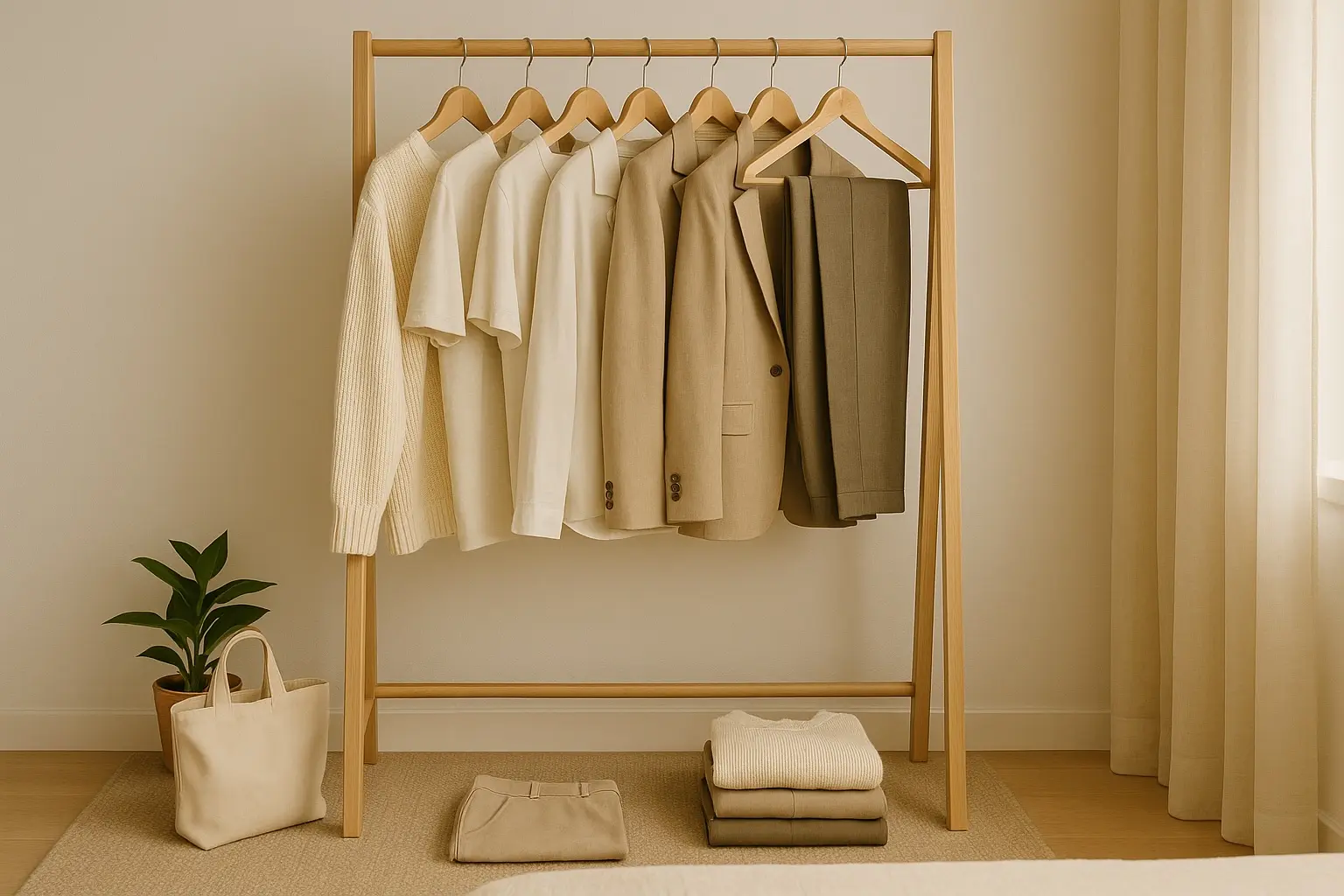
In an age of overflowing closets and fast-fashion trends, the concept of curating a simplified wardrobe has gained significant traction. Far from being restrictive, building a focused collection of versatile, high-quality clothing items is a liberating approach to personal style. It allows you to mix and match pieces effortlessly to create numerous outfits. It's fundamentally about simplifying your choices, reducing waste, and investing in garments you truly love and will wear often.
A well-built capsule wardrobe is more than just a minimalist trend; it's a strategic way to approach your clothing consumption. It encourages mindful purchasing, saves time and money, and contributes to a more sustainable lifestyle by prioritizing longevity over disposability. If you're tired of a packed closet with "nothing to wear," or if you're looking for a more intentional approach to fashion, diving into the world of this versatile clothing system might be your next best step.
The beauty of a curated wardrobe lies in its adaptability. There's no single magic number of items, nor a prescribed list of clothes everyone must own. Instead, it's a highly personal collection tailored to your lifestyle, climate, and aesthetic preferences. Building one takes thought and effort upfront, but the long-term benefits in terms of ease, savings, and sustainability are well worth it.
The Compelling Benefits of This Approach to Your Closet
Before we delve into the 'how,' let's explore 'why' building a focused collection is such a rewarding endeavor:
- Simplifies Decision Making: Imagine opening your closet, and everything inside is something you love, that fits well, and goes with multiple other items. This type of curated wardrobe eliminates the clutter and the stress of choosing an outfit, making getting dressed in the morning quicker and easier.
- Saves Time and Money: Less time spent agonizing over outfits means more time for other things. By focusing on quality over quantity and making intentional purchases for your simplified wardrobe, you'll likely spend less money on clothing in the long run, avoiding impulse buys and unnecessary additions.
- Encourages Mindful Consumption: The process of creating a limited collection forces you to evaluate your relationship with clothing. It promotes mindful purchasing habits and a greater appreciation for the items you own, moving away from the fast-fashion cycle.
- Promotes Sustainability: By investing in durable, versatile pieces and reducing overall consumption within your intentional closet, you inherently reduce your environmental footprint. Wearing clothes more often before replacing them is a key tenet of sustainable fashion.
- Better Understanding of Your Style: Curating a limited collection helps you identify what you truly love to wear, what fits your body well, and what makes you feel confident. This clarity refines your personal style over time.
Your Step-by-Step Guide to Building a Lasting Capsule Wardrobe
Building this specific type of intentional wardrobe is a process of thought and curation. Here's a detailed guide to get you started:
Step 1: Assess Your Current Wardrobe (The Great Purge & Rediscovery)
- Take Everything Out: Start by taking all your clothes, shoes, and accessories out of your closet and drawers. Seeing everything in one place can be eye-opening.
- Sort into Categories: Create piles based on categories: Keep, Donate/Sell, Store (seasonal or sentimental items you don't need in the current selection), and Maybe.
- Evaluate Each Item for the 'Keep' Pile: For each item you consider keeping, ask yourself: Do I love it? Does it fit me well right now? Have I worn it in the past year? Does it align with my personal style and lifestyle? Is it in good condition?
- Identify Your Most Worn Items: Look at the items you frequently wear. What do they have in common? This can give you insights into your true style and comfort zone, essential for your curated collection.
- Package Donate/Sell/Store Items: Neatly pack away items for donation, selling, or storage. Get them out of your immediate wardrobe space to start fresh with your core pieces.
Step 2: Define Your Style, Lifestyle, and Palette
- Analyze Your Lifestyle: Your simplified wardrobe must cater to your daily life. Are you in a corporate office, working from home, a student, or retired? How much of your time is spent in casual settings, professional environments, or active pursuits? Determine the approximate percentage of time you spend in different activities to guide the types of clothing you need in your limited collection.
- Define Your Personal Style: What aesthetic are you drawn to? Are you minimalist, bohemian, classic, edgy? Use resources like Pinterest, fashion magazines, or observe people whose style you admire to pinpoint elements you want to incorporate into your intentional closet. Focus on shapes, silhouettes, and overall feel.
- Choose a Color Palette: Select a base color palette (usually 2-4 neutral colors like black, white, grey, navy, beige, or camel) that form the core of your collection. These colors should mix and match easily. Then, choose a few accent colors that you love and that complement your base colors. This makes creating outfits effortless within your versatile clothing system.
Step 3: Plan Your Collection (Quality Over Quantity)
- Determine the Number of Items (Optional but Helpful): While not a strict rule, many people aim for a specific number of items (e.g., 30-50) for a season's collection. This helps provide a framework and encourages ruthless curation for your minimal wardrobe. Remember, this number excludes basics like underwear, socks, workout clothes, and loungewear unless they are intentionally part of your daily outfits.
- List Your Essential Pieces: Based on your lifestyle, style, and color palette, list the specific items you need for the current season. Think in categories: tops, bottoms, dresses/skirts, layers (jackets, cardigans), and shoes. Be specific (e.g., "white crewneck t-shirt," "dark wash straight-leg jeans," "black blazer").
- Prioritize Versatility: As you list items, think about how many different outfits each piece can create with other items in your planned collection. Versatility is key to maximizing a limited number of items in a curated wardrobe.
Step 4: Shop Smartly (Filling the Gaps)
- Identify the Gaps: Compare your list of essential pieces to the items you kept from your current wardrobe. The items on your list that you don't have are your gaps.
- Shop Intentionally and Ethically: Only shop for the items on your list. Resist the urge to buy anything else, no matter how appealing. When shopping for your minimal wardrobe, prioritize quality construction and durable materials. If sustainability is a goal (and it aligns well with this approach), research and choose brands with ethical and environmentally friendly practices.
Step 5: Assemble Your Collection & Seasonal Rotation
- Put Your Pieces Together: Gather the items you kept and the new pieces you purchased for the current season's intentional closet. Place them prominently in your closet.
- Store Out-of-Season Items: Pack away clothes for other seasons. This keeps your current selection streamlined and makes swapping easier when the seasons change.
Making Your Curated Wardrobe Last: Tips for Longevity
Building the initial collection is a great achievement, but maintaining it and ensuring the longevity of your chosen pieces is crucial for maximizing its benefits.
- Choose High-Quality, Durable Pieces: As mentioned, invest in well-made clothing from durable fabrics. Pay attention to stitching, seams, and overall construction. These items will withstand more wear and washing cycles in your simplified wardrobe.
- Master Proper Garment Care: How you care for your clothes significantly impacts their lifespan. Follow the care instructions on the label. Wash similar colors and fabrics together. Use appropriate water temperatures. Consider hand washing delicate items.
- Wash Less, Air More: Not every item needs washing after every wear. If a garment isn't stained or soiled, airing it out can often be enough to refresh it. Reducing washes saves water and energy and is gentler on fabrics, helping them last longer in your versatile clothing system.
- Learn Basic Repairs: Be prepared to mend small issues promptly. A pulled thread or a loose button is much easier to fix immediately than a larger problem down the line.
- Store Your Clothes Properly: Use appropriate hangers to maintain the shape of garments. Fold knitwear to prevent stretching. Store out-of-season clothes cleanly and protected.
- Periodical Review, Not Constant Replenishment: Your collection should evolve. Review it at the change of seasons. What worked? What didn't? What needs replacing? This isn't an excuse for constant shopping, but rather a planned refresh based on actual needs and the condition of your existing items in your limited collection.
- Resist Impulse Buys (Still!): Even with a defined set of pieces, the temptation to buy spontaneously will arise. Remind yourself of your goals for a simplified wardrobe and consider if the item is a truly valuable addition that fits your system.
Building and maintaining a capsule wardrobe is a journey towards a more intentional, sustainable, and stress-free relationship with fashion. It's an investment in simplifying your life, saving resources, and curating a personal style that truly reflects who you are. By following these steps and prioritizing longevity, you can build a versatile clothing system that serves you well for years to come.
Related Blogs
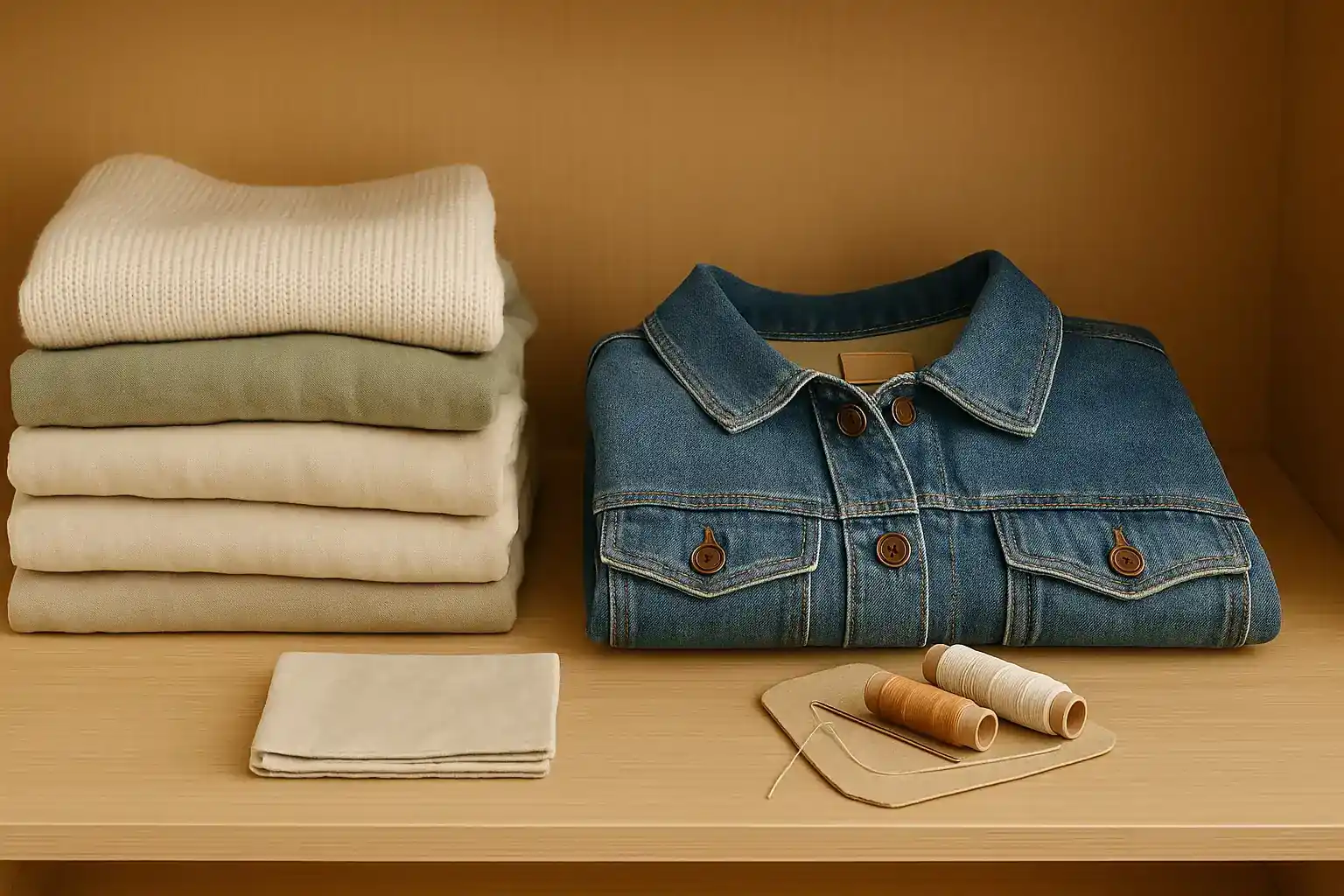
10 Transformative Wardrobe Swaps for a Lighter Environmental Fashion Footprint
Learn how to reduce your fashion footprint with impactful wardrobe swaps.
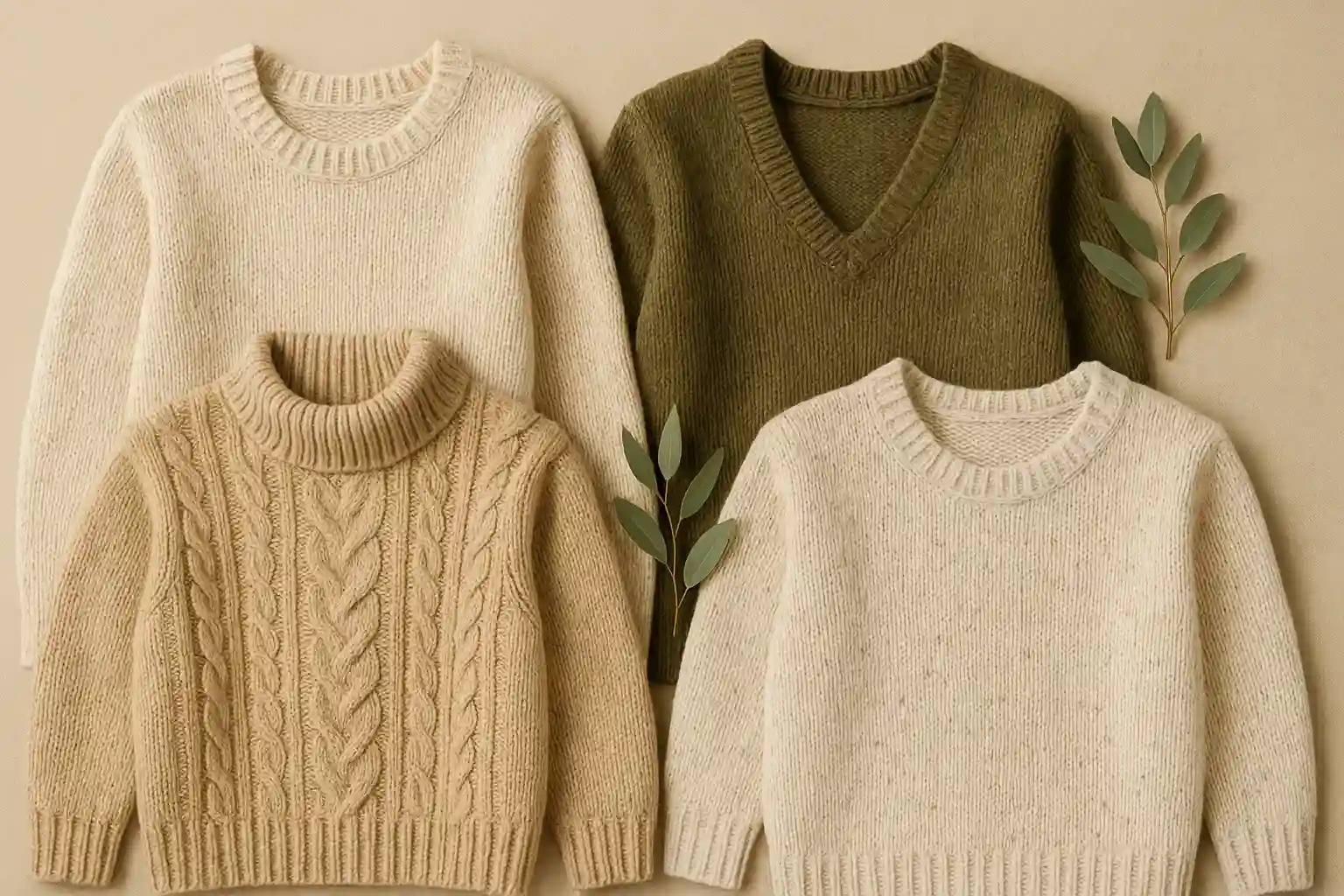
Wrap Yourself in Responsibility: Choosing Sustainable Alternatives to Acrylic Sweaters
Upgrade to durable and breathable wool (certified farms), alpaca, or Tencel-blend knits.
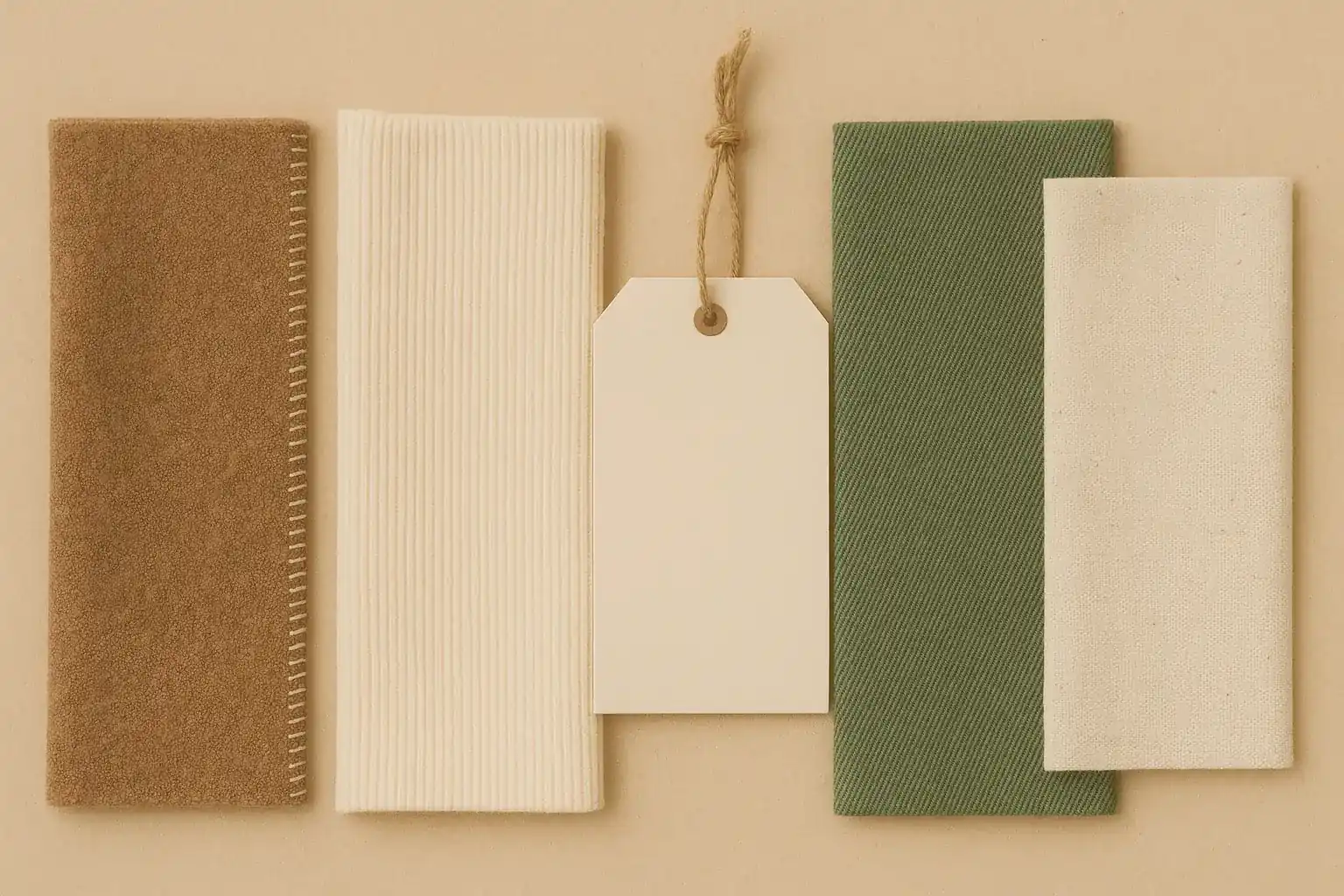
Decoding Fabric Labels: What's Really Sustainable?
Insights on decoding fabric labels in a sustainable way.
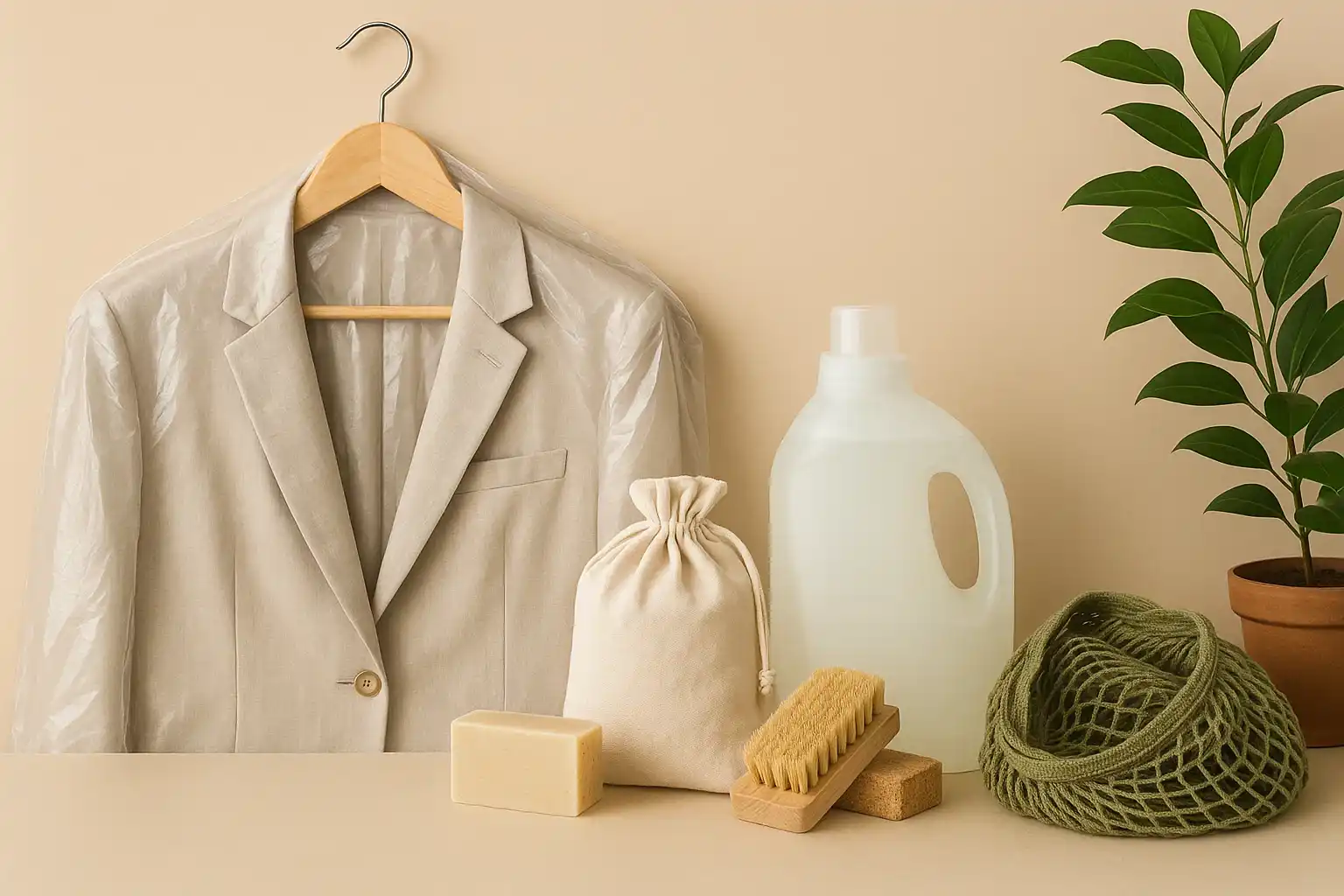
Outsmarting the Dry Cleaner: Choosing Machine Washable Naturals for a Toxin-Free Wardrobe
Avoid toxic PERC solvents by opting for machine washable organic cotton and linen clothing.
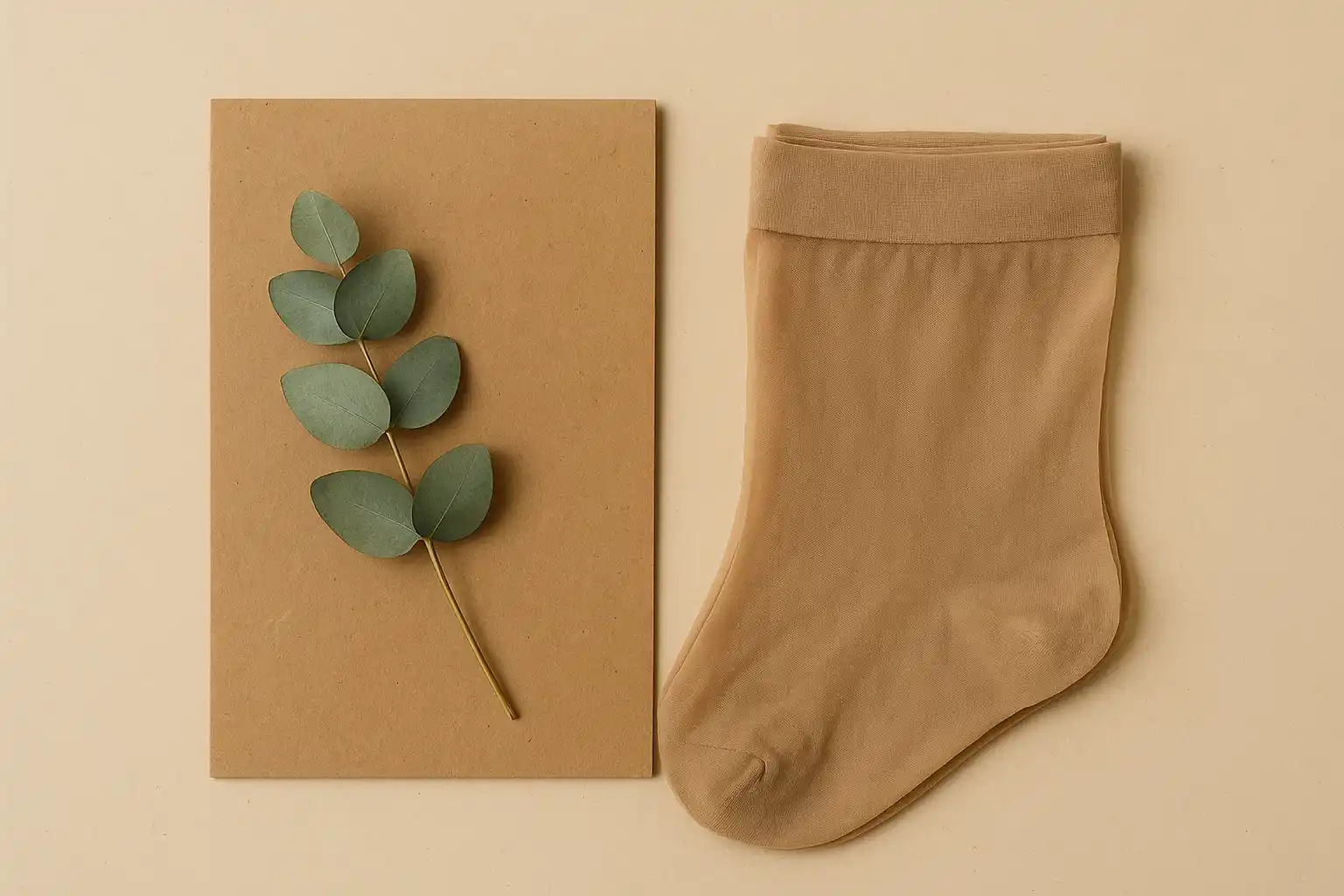
Step Lightly: Choosing Sustainable Alternatives to Nylon Stockings
Opt for recycled nylon, biodegradable, or ladder-resistant hosiery for longer wear and less waste.

Fastening the Future: Choosing Sustainable Alternatives to Plastic Buttons
Opt for biodegradable coconut shell, corozo, or wood buttons for eco-conscious clothing.
Stay in the Loop
Get tips and insights tailored to your interests — no spam, just sustainability.